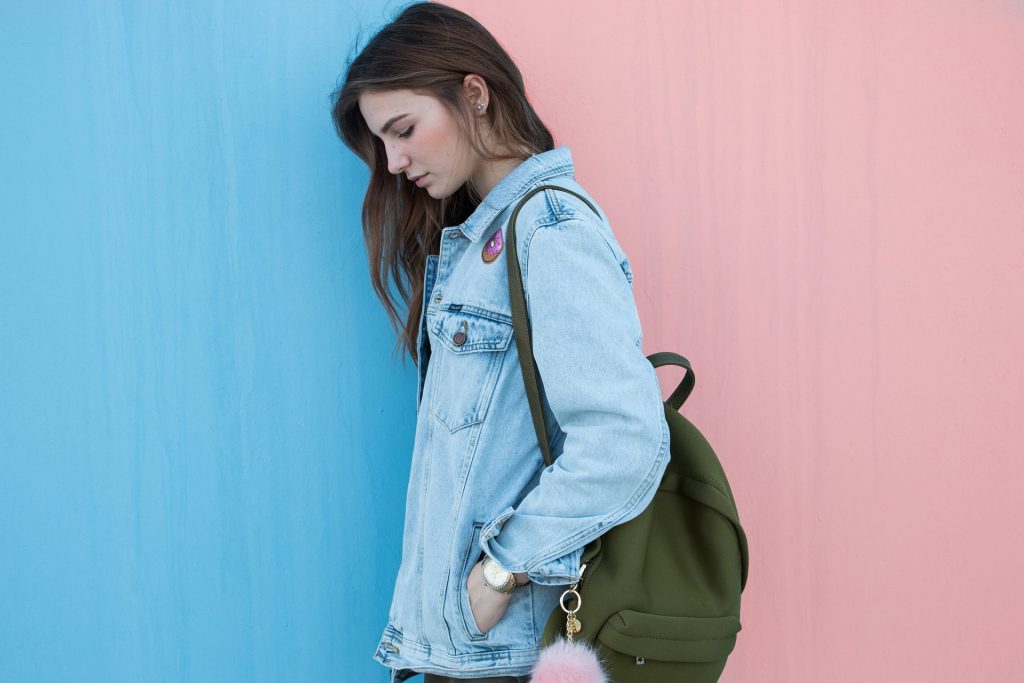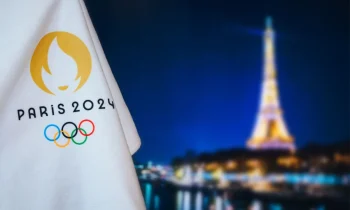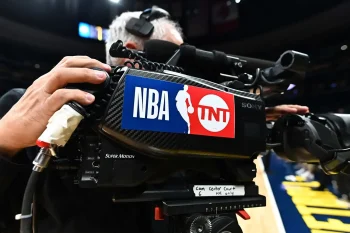In the realm of fashion and pop culture, few brands have attained the legendary status of Playboy Clothing. Since its inception in the 1950s, Playboy has grown into a cultural phenomenon that extends beyond its iconic magazine. The Playboy bunny logo and its association with stylish apparel have become synonymous with sex appeal, glamour, and an alluring lifestyle. In this article, we delve into the captivating history, style, controversies, and future prospects of Playboy Clothing.
The History of Playboy Clothing
Playboy Clothing traces its origins back to the foundation of Playboy magazine by Hugh Hefner in 1953. The magazine, known for its provocative content and articles, introduced the world to the Playboy bunny logo and established it as a symbol of the brand. It wasn’t long before the famous Playboy bunny graced various merchandise, including clothing, expanding the Playboy empire.
Playboy Clothing: A Cultural Icon
The Playboy Bunny
The Playboy bunny, a seductive and stylized rabbit silhouette, became the most recognizable symbol associated with Playboy Clothing. Inspired by the Playboy Clubs, which featured waitresses known as Playboy Bunnies, the logo embodies sophistication, allure, and sensuality. The bunny logo is prominently featured on a wide range of Playboy apparel, including t-shirts, hoodies, and accessories.
Fashion Collaboration and Licensing
Over the years, Playboy Drew Clothing has collaborated with renowned designers and fashion brands to create exclusive collections. These collaborations have infused Playboy’s distinct aesthetic with contemporary fashion trends, appealing to a broader audience. By partnering with esteemed names in the fashion industry, Playboy has successfully blended its iconic logo with high-end streetwear and luxury fashion.
Playboy Clothing’s Influence on Pop Culture
Playboy Clothing has played a significant role in shaping popular culture. From iconic magazine covers to memorable fashion campaigns, Playboy has continuously pushed boundaries and challenged societal norms. The brand’s clothing line has been embraced by celebrities, musicians, and fashion enthusiasts, solidifying its position as a cultural icon. Playboy’s influence on music, film, and fashion is evident in countless references and appearances throughout history.
Playboy Clothing: Style and Aesthetics
Playboy Logo and Branding
The Playboy logo itself is a testament to the brand’s style and aesthetics. The iconic bunny symbol, designed by Art Paul, has become instantly recognizable worldwide. With its sleek lines and captivating silhouette, the logo has become synonymous with sophistication, sensuality, and a hint of mystery. The brand’s logo and branding extend beyond clothing and permeate various aspects of popular culture.
Playboy Fashion Collections
Playboy Clothing offers a diverse range of fashion collections that cater to different styles and preferences. From casual streetwear to sophisticated evening wear, Playboy Clothing has something for everyone. Their collections feature trendy and fashionable designs that incorporate the Playboy bunny logo in creative ways. Whether it’s a classic t-shirt adorned with the iconic symbol or a stylish dress featuring subtle bunny accents, Playboy Clothing allows individuals to embrace their sensuality and express themselves through fashion.
Playboy’s Signature Bunny Symbol
The Playboy bunny symbol has become an enduring emblem of the brand’s identity. The bunny logo, with its playful yet elegant aesthetic, has transcended fashion trends and remained a timeless symbol of allure. It can be found not only on clothing but also on accessories like jewelry, bags, and even fragrances. The bunny symbol is a statement of individuality, celebrating the playful and confident spirit within each person who chooses to wear Playboy Clothing.
Playboy Clothing: Controversy and Criticism
Objectification and Sexualization Concerns
While Playboy Clothing has garnered immense popularity, it has also faced criticism for objectifying women and perpetuating a culture of sexualization. The brand has been accused of reducing women to mere objects of desire through its provocative imagery and clothing designs. Critics argue that this approach reinforces harmful stereotypes and undermines efforts towards gender equality. Playboy has, in recent years, made efforts to rebrand itself by focusing more on empowerment and inclusivity, but the controversy surrounding its past remains a part of its legacy.
Playboy Clothing’s Evolving Image
Recognizing the need to adapt to changing societal attitudes, Playboy Clothing has evolved its image over time. The brand has embraced a more inclusive approach, featuring diverse models and collaborating with influencers who promote body positivity and empowerment. Playboy has sought to redefine itself as a brand that celebrates sensuality and self-expression while respecting and valuing all individuals.













